Sunday E-dition: St. Helena High School’s Extraordinary AG Program Continues
By Dave Stoneberg
ST. HELENA, Calif. — Earlier this school year, St. Helena High School sophomores Elizabeth Carmichael and Jimena Reynaga-Castro teamed up on an agriscience project in teacher Judy Aschwanden’s honors chemistry course. They used different varieties of gourmet oyster mushrooms to test their theory that mushrooms can filter water contaminated by ash, say following a wildfire. If so, their research could help both communities and the agriculture industry save money on filtration methods after wildfires.
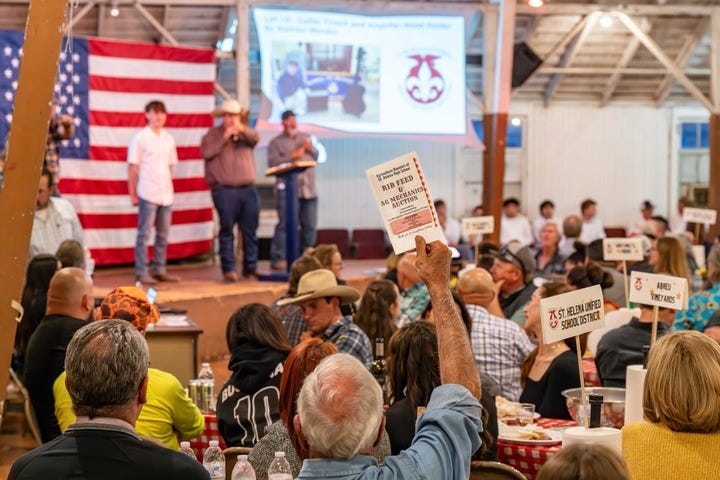
Carmichael and Reynaga-Castro tested the pH (acidity) and turbidity levels of the water both before and after the introduction of ash.
What did the two students find out?
“It definitely helps,” Carmichael said, “but we would recommend testing different methods and a couple of different varieties because what we found was there was one that just didn’t perform as well, but the other two were very equal. I think if we were able to open it up onto a bigger platform, we could create a bit more of that difference between the filtered and non-filtered water.”
Talk about timely research – done by high school sophomores.
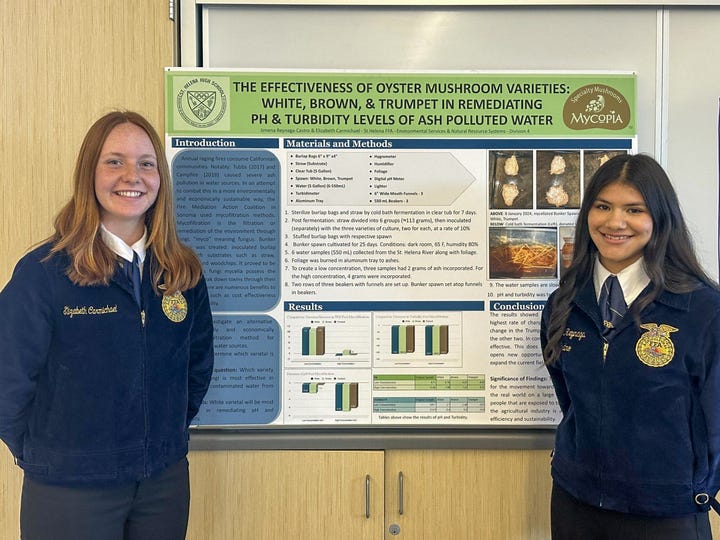
Carmichael and Reynaga-Castro are part of the 225 St. Helena High School students in the Career Technical Education Department, which includes science, art and social studies classes and the agriculture program, with its numerous activities within the Future Farmers of America organization.
What excites them about the program? Neither Carmichael nor Reynaga-Castro comes from an agriculture background. For Carmichael it was “awesome” to get involved in FFA as a freshman and see the sheep that students are currently raising in the barn or listen to what’s happening in the pumpkin patch, turkey pen or the floral-culture enterprises. Each of the students involved in FFA is “supported by the leaders in our group, so all of the seniors and juniors and even the sophomores are helping the freshmen,” Carmichael said.
Her partner in the environmental sciences project, Reynaga-Castro, said there’s something for everybody in the FFA program.
“I didn’t know much about raising animals,” she said, “but then I raised turkeys last fall, so that was really exciting.” She admitted that turkeys “are kind of scary,” but she developed the skills needed to raise them and added, “I was more comfortable with being around the animals and the feeding schedules and everything like that.”
Reynaga-Castro is also involved in the LDEs, leadership development events, including public speaking. What’s difficult about that? Plenty.
“I was incredibly shy as a kid,” she said, “so it was really hard for me to do prepared speaking in front of judges and other people, but with Ms. Aschwaden’s guidance, I think I’ve grown as a person and I’m able to speak in front of a whole crowd and really show my skills.”
Beyond that, Carmichael said she’s excited to see what she can do in her junior and senior years.
“There are amazing, amazing scholarships and opportunities to help get into higher education that I’m very excited for,” she said.
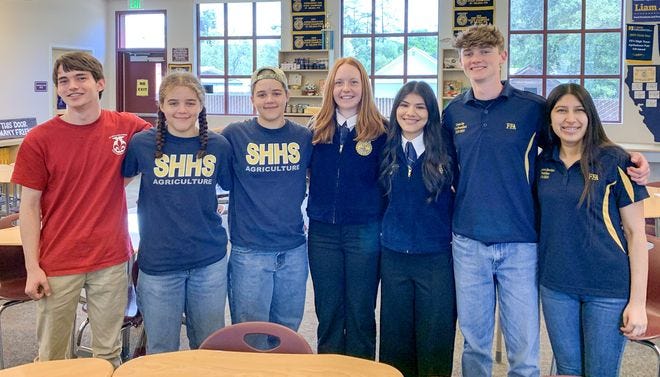
‘Extraordinary, unique program’
Last month I was on the high school campus, spurred by Hugh Davies’ note to Napa Valley Features founder Tim Carl.
“Would you be interested in a story on the SHHS ag program?” he asked. “The high school has developed an extraordinary, unique program. It is worth celebrating.”
Davies and his wife, Monica, are the parents of three boys and the proprietors of Calistoga’s historic Schramsberg Vineyards, a famed sparkling wine house. Hugh’s parents, Jack and Jamie Davies, bought and revived the abandoned property in 1965, the same year Hugh was born. More than 100 years earlier, German immigrant Jacob Schram bought the property in 1862 and created Schramsberg.
When I signed in at the SHHS office, Arianna Martinez, senior and president of the local Future Farmers of America chapter, was there to meet me and lead me to a classroom, where I interviewed seven students – three seniors and four sophomores – and the three teachers who run the school’s Career and Technical Education department, ag department and FFA program.
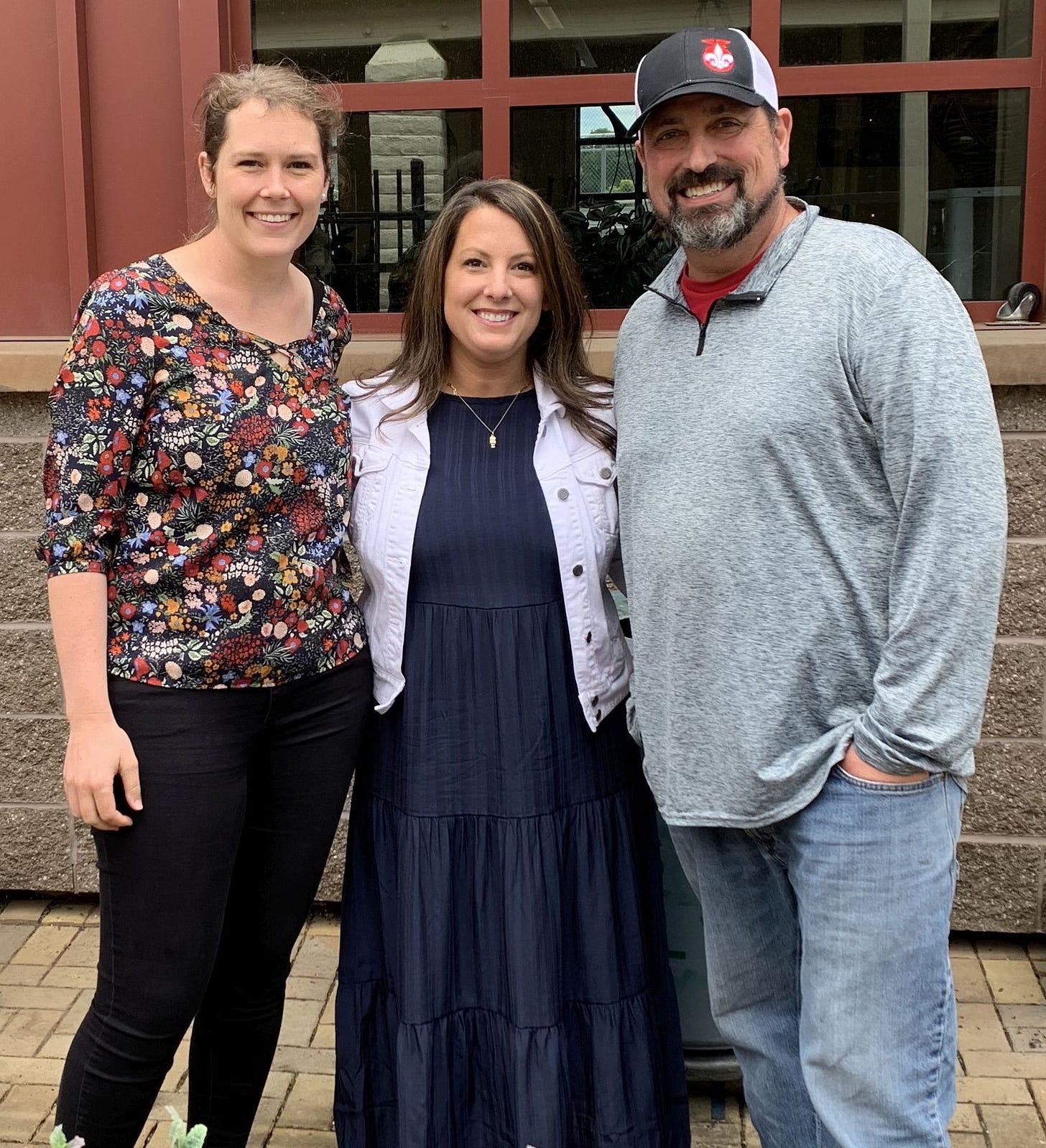
The teachers are Randy Mendes, 24 years at SHHS; Judy Aschwanden, 14 years; and Lindsey Swickard, who came to St. Helena High a year ago from Chico, although she student taught at SHHS 10 years ago, working with both Mendes and Aschwanden. Swickard is in her 10th year teaching and is the horticulture and viticulture instructor. Mendes is the Ag Mechanics Pathway instructor and the adviser for the students who raise pigs and turkeys and whose ag mechanics projects are sold at an annual Rib Feed & Ag Mechanics Auction. Aschwanden teaches the agriscience pathway, which includes numerous classes such as ag biology, ag chemistry and an ag systems class. All three team-teach ag leadership classes.
Besides Carmichael and Reynaga-Castro, the other students interviewed were Jackson Krell, Liam Joy and Arianna Martinez, all seniors; and two sophomores, Anais Hernandez and Anakarla Hernandez. Together we took a deep dive into the program.
Arianna Martinez
“One of my major responsibilities is to keep communication with everyone,” both in and out of FFA and to “get everyone involved,” said Arianna Martinez, president of the St. Helena chapter of the Future Farmers of America. At SHHS 225 or 56% of the 400 students are members. Some of the students were recently among the 8,000 people who attended the state convention.
Chico High, where Swickard taught before coming back to St. Helena High, had 1,900 students, 520 of whom were in the FFA program.
“With that being said, though, here at St. Helena, there’s way more involvement with those students and what they want to do with the program in the local agricultural industry, which I think is phenomenal,” Swickard said.
Martinez added one of her goals is to get everyone to know what agriculture is about and what FFA stands for, which is learning by doing both inside with agriscience projects and outside the classroom, which includes raising livestock — pigs, sheep and turkeys — and being on the career development events (CDE) teams.
Liam Joy
Senior Liam Joy has been heavily involved in agriscience projects, student leadership, grapevine pruning and public-speaking competitions, all part of the FFA program, since he was a freshman. In Joy’s sophomore year, his first year competing at grapevine pruning, SHHS placed fourth in the state. The following year, Joy and his teammates placed first in the state.
“It was a really awesome competition,” he said. “I got to do it with two of my best friends.”
This year his schedule conflicted with playing baseball, but he was able to help others by being a coach.
“I started off just never really knowing anything about grapevines,” he said, and as a freshman he learned from the seniors. Each contestant prunes three sets of vines for the competitions. And he said each has to “give reasons on why we prune them and how we prune them, and then we talk to a judge about it and take a test.”
For the state finals 15 teams competed from all over the state. Between 60 and 70 students pruned grapevines.
After graduation Joy will be the first St. Helena ag student who will attend Harvard University. Aschwanden said he is majoring in environmental engineering “with hopes of coming back to the Napa Valley and using the skills and knowledge to better the viticulture and enology industry.”
Jackson Krell
Senior Jackson Krell has spent four years in Mendes’ Ag Mechanics Pathway program. Mendes said he and Krell recently were talking about the challenges students face when they first enroll in the program. As a freshman, Krell said he didn’t even know how to read a tape measure.
“It’s things like that that I assume the students know when they come into the program,” Mendes said. “But there’s a lot of things, especially with the trades, that students don’t know about because they don’t have a lot of the hands-on activities that maybe students did 20 or 30 or 40 years ago.”
Today’s students know a lot about technology but not about technical skills. As a teacher, Mendes said he starts slow and builds to a level of expertise.
“Sometimes that’s a real advantage because they don’t have bad habits and they’re able to do things safely and in a correct manner and they really learn to do it well,” Mendes said. “Jackson’s a great example of that.”
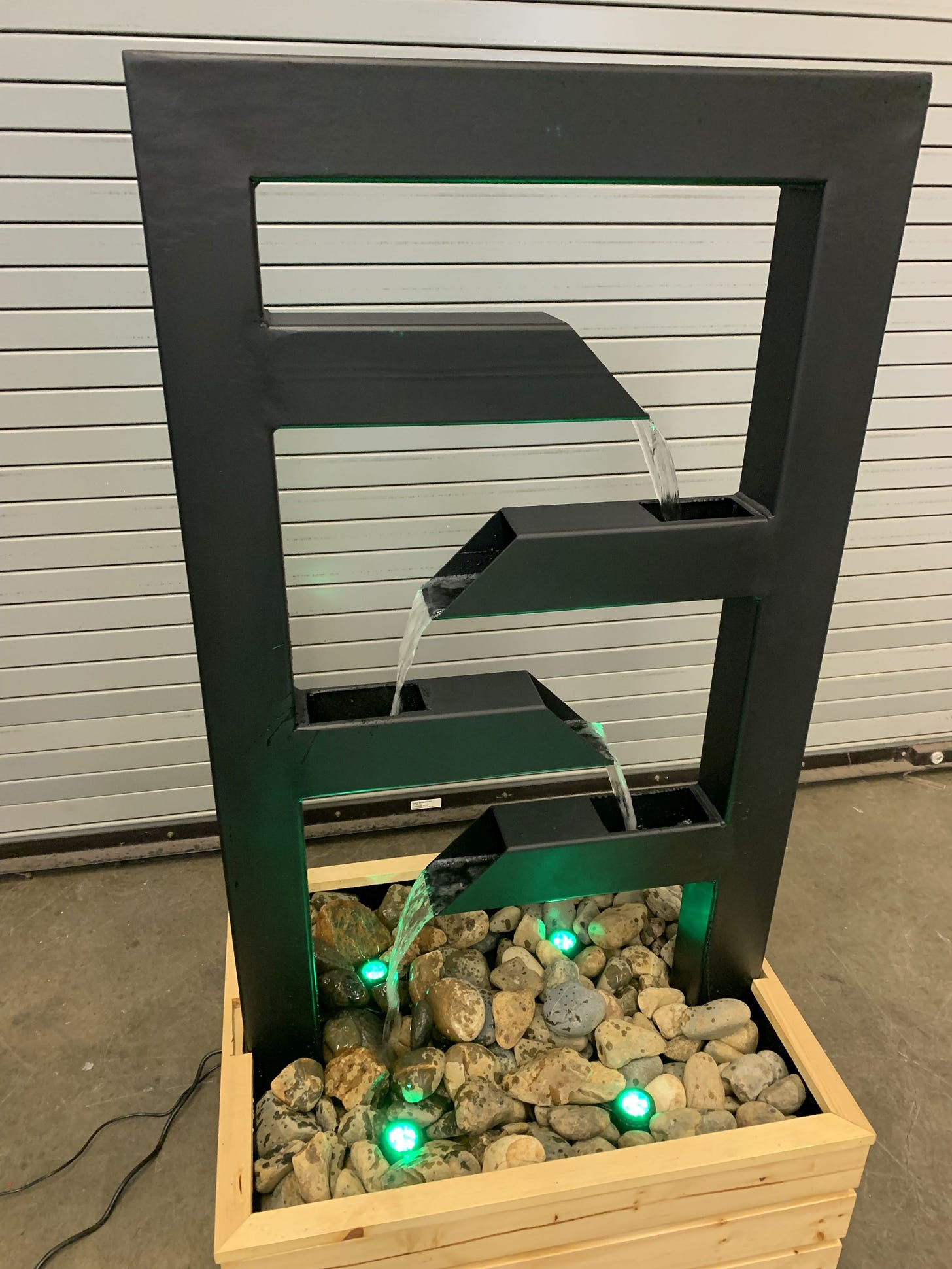
Besides agriscience and floral projects, Krell said he mainly takes ag mechanics and ag welding classes. What excites him is “the many different careers that come through the ag mechanics program. You learn so many different skills in each of the three stages,” he said. The first is intro to ag mechanics, then CAD, or computer aided design, and then advanced ag mechanics. “Each stage builds upon itself, getting more difficult but also getting more fun.”
And because students learn more welding processes as they develop, they take on harder projects. In the first class, Krell said a student might make a stool or something simple in the wood shop. Last year, after taking CAD and in his first advanced ag mechanics class, Krell used a wine barrel to make a bar table with shelves. This year, in his second advanced class, he built a free-standing square metal water fountain with water flowing through four metal tubes before it hits the rock-strewn wooden base (shown here), complete with lights and a motor to recycle the water. Krell said this year’s project is better than last year’s project because of the skills he’s learned.
Mendes, who has been at St. Helena High for 24 of his 29 years in teaching, said by the time students get to his advanced ag mechanics class they should have a certain work ethic because the class is like a job.
“At the beginning of the year they use the skills they learned in the CAD program to design a project and create a budget. Then they build the project that they sell at the annual rib feed,” Mendes said. Students don’t spend a lot of time in the classroom. Instead, they are out in the shop, “actually building and measuring and welding and cutting and finishing” their projects.
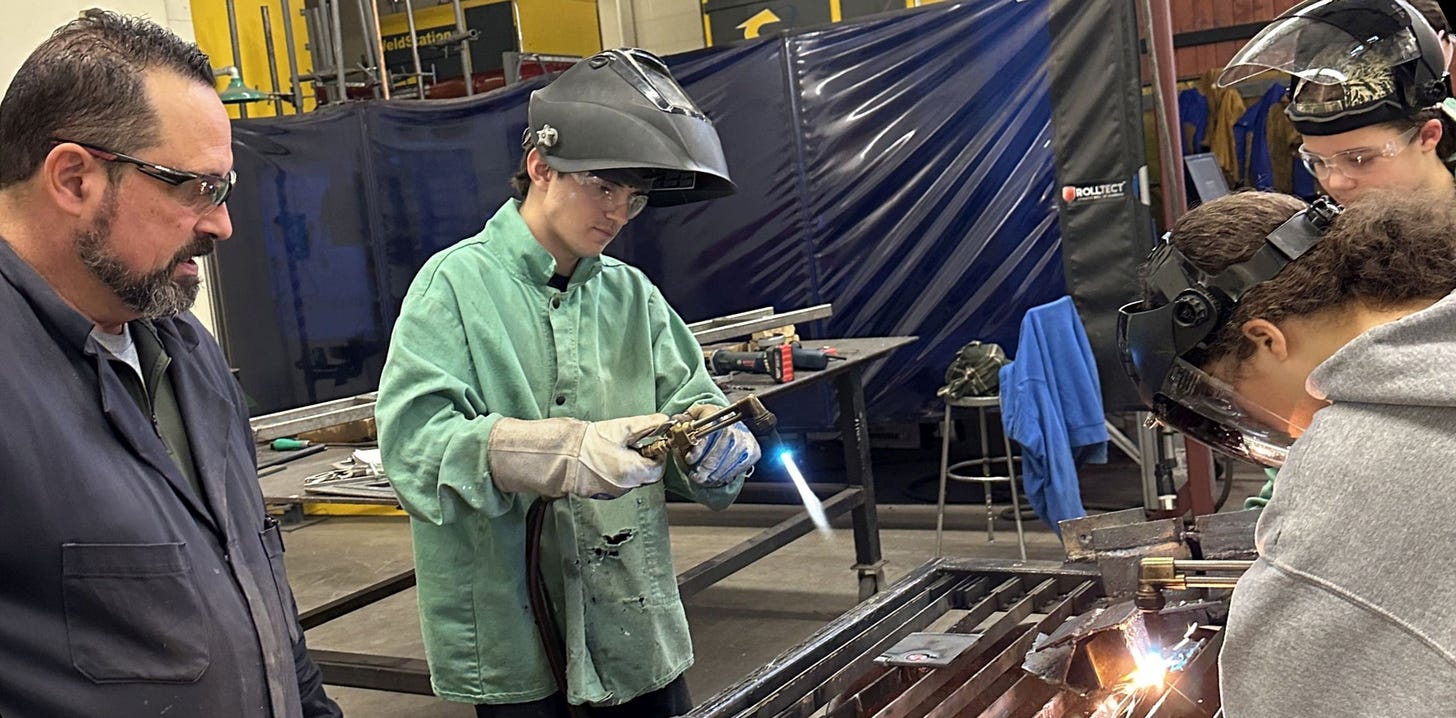
For the past few years, St. Helena’s Central Builders Supply has donated all of the lumber and hardware the students need for their projects, which Mendes said is amazing. Beyond that, if students need other materials, the St. Helena Ag Boosters organization buys it for them. When the project is auctioned off, the students pay back the Ag Boosters. Mendes said he takes a percentage of the sale price for consumables, such as sandpaper, paint and grinding disks. The rest goes to the student who made the project.
“I’ve never had a student not make money on their projects,” he said.
This year there were a dozen students selling their projects. One of those in the audience was probably Sean Wilson, who always buys a table for the rib feed and bids on the projects, sometimes successfully. In the customer area of St. Helena’s OK Tire Store, which Wilson owns, are two benches made of wood and metal pickup tailgates that Mendes said Wilson bought in two different years from the students.
Anais Hernandez
Sophomore Anais Hernandez is currently raising two hogs that were born in February so that she can sell them at the Junior Livestock Auction to be held on Saturday, Aug. 10, during the Napa Town & Country Fair. The challenge for Hernandez is that she has never raised hogs before, so, “It’s a lot of learning,” she said.
Hernandez is feeding the hogs on schedule — filling up their feeding dishes once a day and checking on them and is learning what to do if one or both get sick and how to manage that, she said. Next, “We’re going to have to learn how to walk them and show them for the fair.” She has not been to the livestock auction before, so that will be a new experience – something to look forward to.
Anakarla Hernandez
Sophomore Anakarla Hernandez said she does a lot of things within the program, including career development teams. Hernandez has been involved with the public-speaking competitions and currently is on the welding team, which went to the state finals last month. The finals were held at Merced College, and Hernandez and the rest of the team spent the weeks prior to the event preparing for the competition. Last year they placed ninth in the state out of 28 teams.
The first day of the competition each member of the team takes a 50-question practical test, and the top teams advance to the second day, which is when they show off their welding application skills, including stick welding, TIG (tungsten inert gas) welding and oxy-fuel cutting.
“They don’t have oxy-fuel welding at state,” Hernandez said, “but they have a lot of different applications and processes. I think probably my weakest process would be TIG, so I need to work on that some more.”
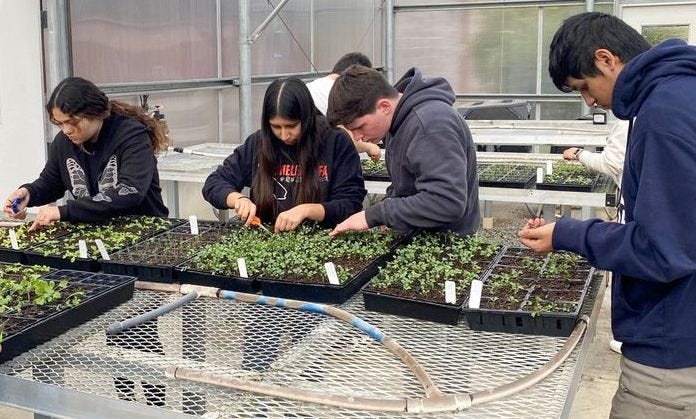
Lindsey Swickard
As the horticulture and viticulture instructor, Swickard has her hands full. In the viticulture class, for example, students examine the process of growing grapes from the time the vines are put into the ground until the grapes are harvested and wine is made. They partner with Davies (Schramsberg), Pestoni and Salvestrin, all of whom provide grapes for harvesting. The students’ zinfandel wine is made at the Davies facilities adjacent to the high school and stored there until their parents can pick it up.
In the horticulture classes, students work in the greenhouse, grow house plants and vegetables, and tend to the plants in the raised beds, which are being converted to a more sustainable German technique called “Hugelkultur.” Swickard also has created a fungi fridge, working with the school’s mycology club. Next year, mycology will be fully integrated in the classroom.
Why would a student fall in love with agriculture?
“It’s something different, something they don’t get exposed to at home,” Swickard said, “so it is new and exciting with the idea of getting your hands dirty. Or, you know, going out and playing in the mud … to plant our plants. I think it’s a new experience for them.”
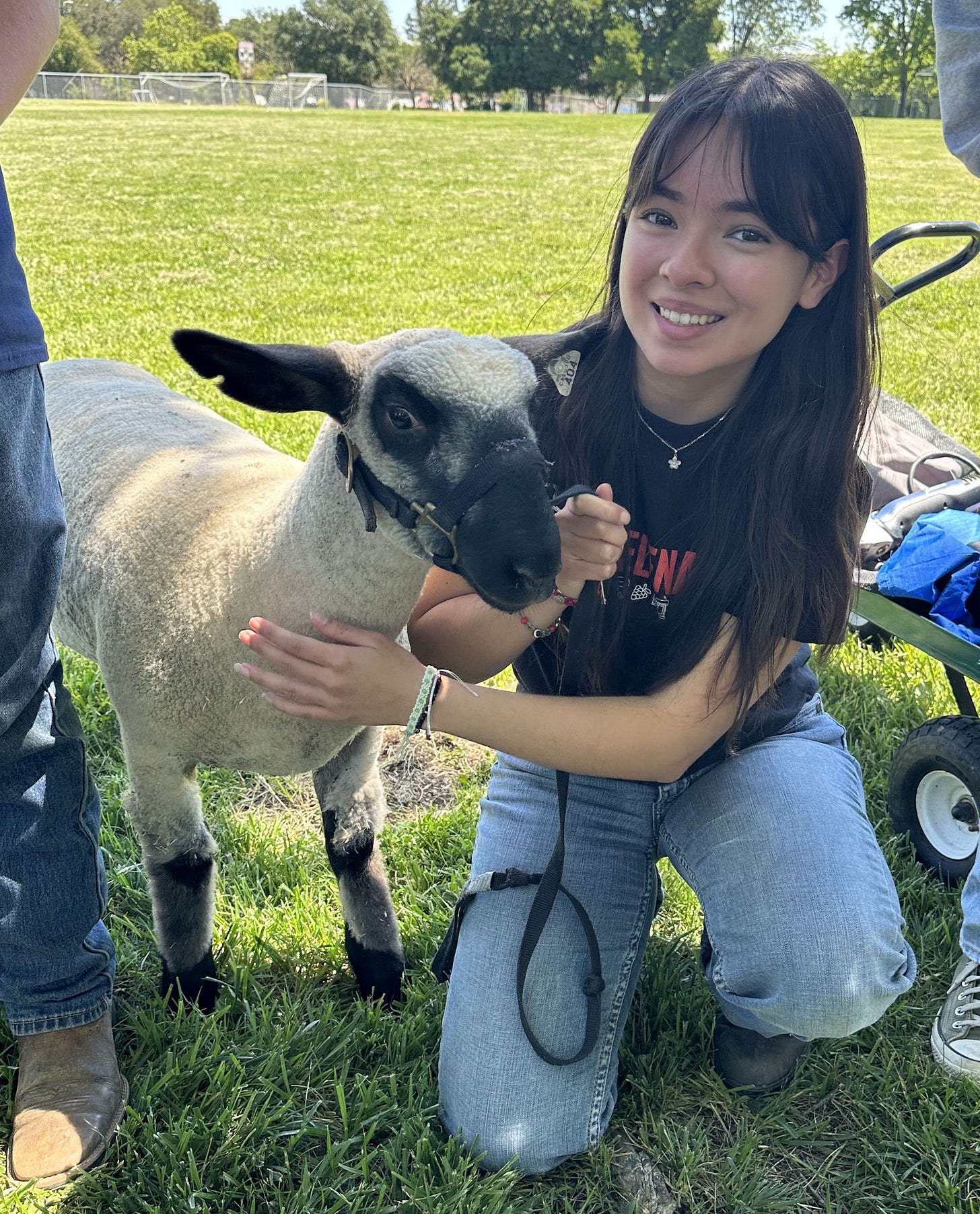
Randy Mendes
Currently Mendes teaches three intro to ag mechanics classes, one CAD class and one advanced ag mechanics class. After his seniors graduate, some go to college and major in subjects such as engineering or ag engineering.
“My son went through the program and he went into architecture, “Mendes said, “so there’s a full gamut of kids that go into college. But there’s also a good percentage of kids who go into industry and go to work.”
One day Mendes’ washing machine broke down. He called St. Helena Appliance, who said they would send a technician the next day.
“Ding, dong, the doorbell rang, I opened the door and one of my former students was standing there,” he said. The technician told Mendes that he had enjoyed the electrical wiring unit they did in intro to agriculture class, and he had turned that into a career. “I live here, I’m able to support myself and I have this job because of the stuff that I learned in your class,” the student told him.
“So that was kind of a really cool moment for me,” Mendes said.
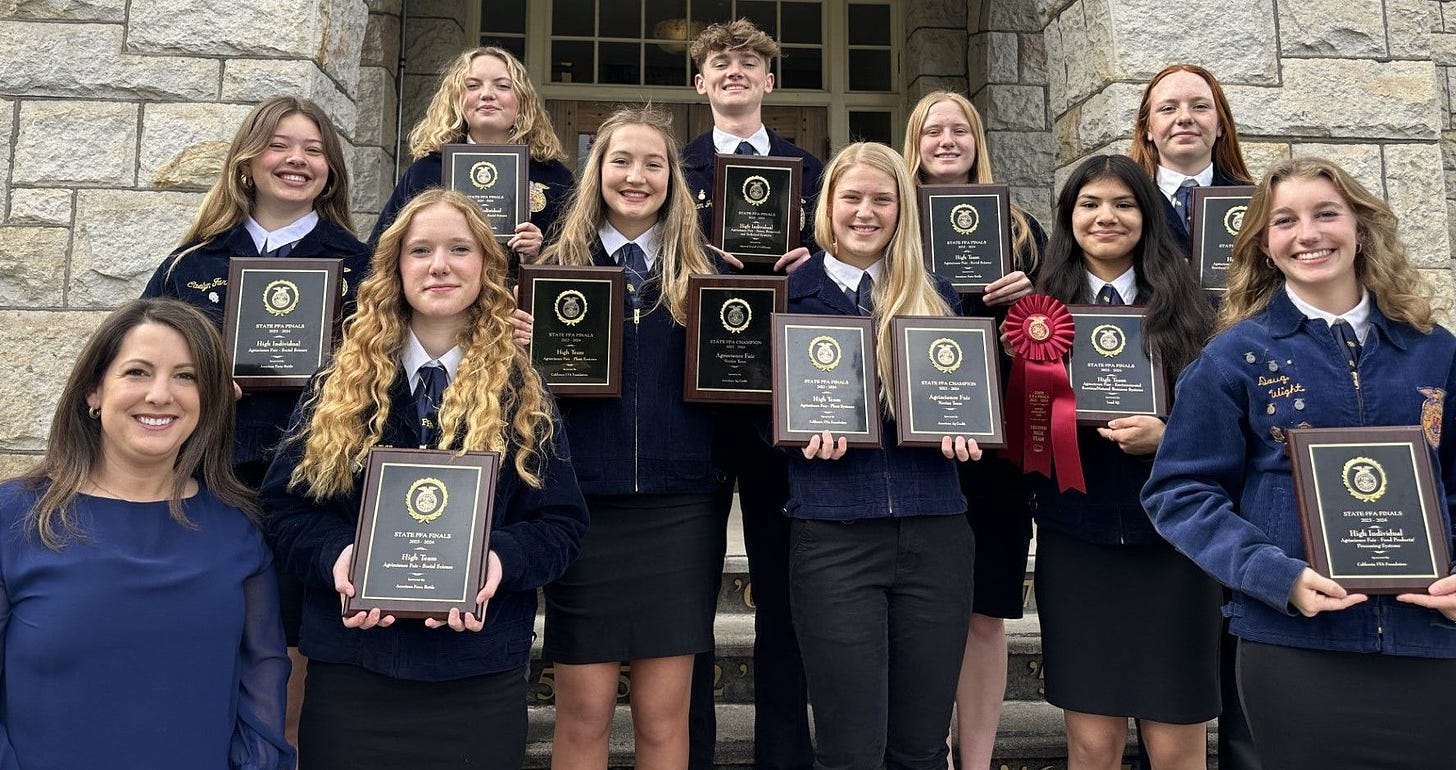
Judy Aschwanden
“I teach the agriscience pathway, so I teach ag biology, ag chemistry, an ag systems class as well as ag leadership. Actually all three of us team-teach ag leadership. We have about 25 students and officers who plan all of our FFA events, activities, community service and chapter meetings,” Aschwanden said.
This is all done in an effort to get everyone involved. All students in an ag class are automatically FFA members.
At first some say they don’t want to be in FFA and don’t want to wear the FFA blue jackets, Aschwanden said, but “typically after about a semester in any of our classes, they realize the benefits, whether it is leadership conferences or public-speaking competitions or being able to do a supervised ag experience project, and they get to see what they’re learning in class applied to an interest or passion that they have.”
Beyond that, students are developing personal, career and leadership skills while they are taking classes, she said.
“I think the beauty of this is that they’re not just getting content knowledge. They’re also gaining other skills and experiences that are strengthening their applications and putting more tools in their tool belts. It allows them to try new things.”
Aschwanden said it is safe to say that many students who enter the ag department don’t think they will go into a career in agriculture.
“But now they see the benefits of the industry,” she said, “and they realize it’s not just farming and ranching. It spans science, engineering, math, marketing and business. And we’re seeing a lot of students come in with maybe not a lot of knowledge of the industry or appreciation but leaving with a tremendous appreciation for the industry and interest.”
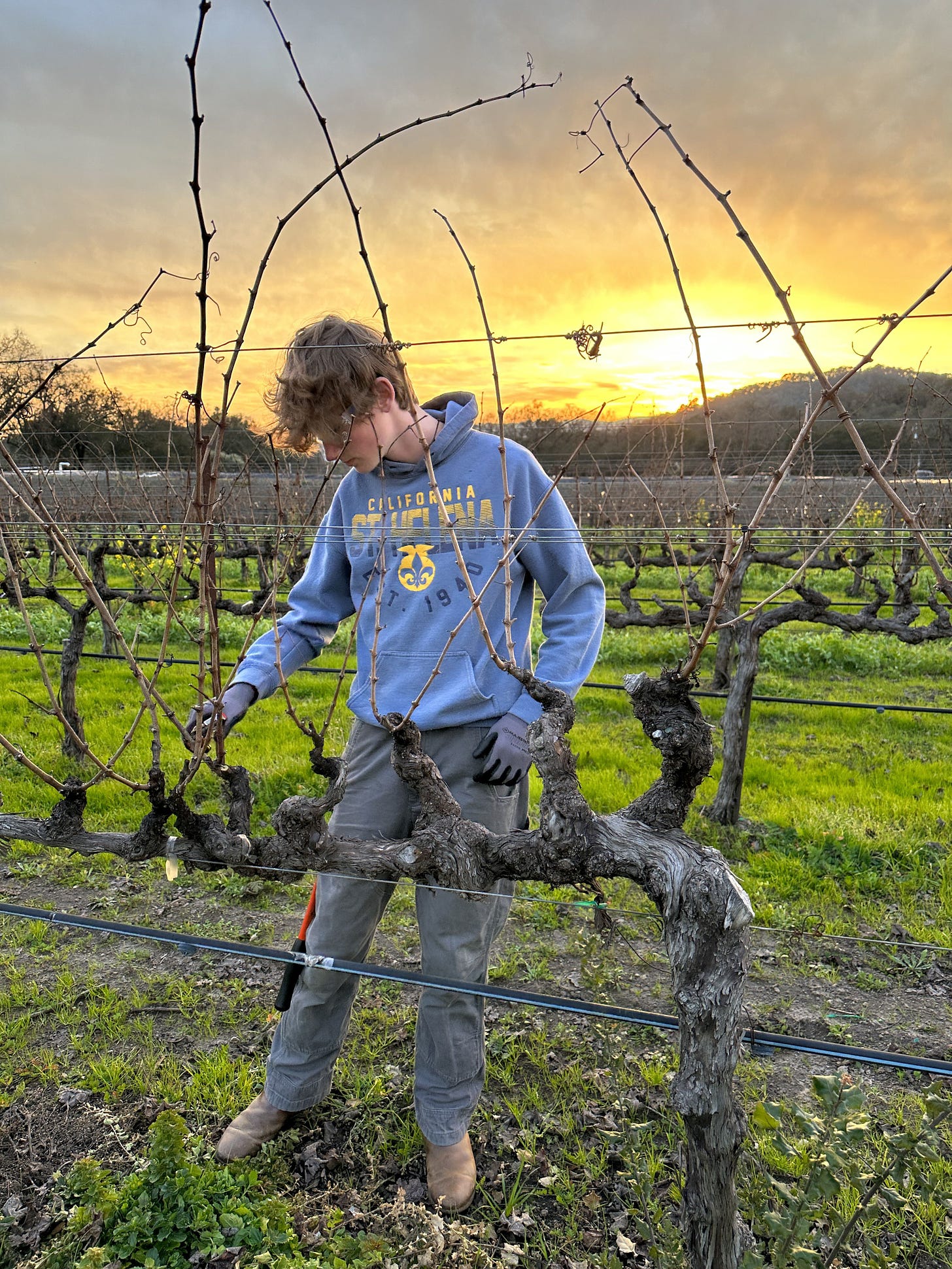
Community support vital
Neither Aschwanden nor Mendes could give a list of the ag department’s community supporters because the list is so long that they were afraid they would leave someone out.
“I think the beauty of being an ag teacher is when you have students for four years you form relationships and connections and they come back,” Aschwanden said.
Mendes added, “At least four members of our current Ag Boosters board of directors are former students that have gone through the program, left and gone to college and come back. They work in the industry and they’re supporting the ag program by being on the Boosters board of directors, which is really cool.”
If today’s story captured your interest, explore these related articles:
Dave Stoneberg is an editor and journalist who has worked for newspapers in both Lake and Napa counties.
Levity Corner
Caption contest. Pick your favorite caption or add your own in the comments below
Vote for your favorite in the poll below (there’s not enough room in the polls for the complete answers).
"We've significantly increased our bone density."
"Looks like our 'fetch' strategy finally paid dividends!"
"Turns out, digging deeper was the key to success!"
"Barking up the right tree really paid off this quarter!"
"Looks like our new 'leash on life' strategy is working!"
Or leave your own suggested caption in the comments.
Last week’s winner
Last week in Sunday E-dition: Celebrating one year + Terry Family Band at The White Barn, the winning caption, with 48% of the votes was, "Robots walking dogs: because humans found the 'sit' command too compelling,” and reader Pam Elder suggested, “OK now, what’s the command for ‘turn left and walk’?”
Last Week
Last week, Napa Valley Features celebrated its one-year anniversary. We now have nearly 3,700 subscribers, including nearly 1,000 paid supporters. Over the past year, we’ve published 435 stories from over 30 contributors, covering diverse topics such as economic challenges and climate change solutions. We remain a subscriber-funded platform, free of ads or corporate donations, focusing on non-sensational, fact-based reporting. Our plans for the coming year include Wednesday through Sunday reporting, multimedia expansion and a continued focus on deepening the impact of our stories.
Tim Carl discussed the cultural and historical significance of St. Helena's White Barn, originally part of Civil War figure Erasmus Darwin Keyes' estate. Transformed into a venue by Nancy Garden, the barn now hosts diverse performances under the leadership of her son, David Garden Jr. The article highlights the White Barn's role as a community hub and its adaptive use during the 2020 Glass Fire as a firefighting basecamp. The venue continues to support local and international arts through proceeds from its events.
Drew Tomasyan explored the rewards and experiences associated with becoming a Master Gardener in Napa County in the article "Becoming a Master Gardener in Napa County." The piece discussed various topics that included plant care, pest management, water conservation and the communal benefits of joining this dedicated group. It also highlighted the ongoing workshops and educational programs offered by Master Gardeners and detailed their contributions to local gardening knowledge through community service.
We welcomed Rebecca Yeger to Napa Valley Features with her article on the "Behind the Gates" garden tour in St. Helena. Hosted by the St. Helena Historical Society and Napa County Landmarks, the tour showcased nine private gardens, highlighting unique landscaping and historic architecture. Mariam Hansen emphasized how each garden reflected its owner's personality and historical significance. The event, a blend of local culture and historical appreciation, was open to the public with tickets priced at $35 in advance and $40 on the day.
Dan Berger praised the underappreciated wine varietal barbera for its food-friendly qualities and consistent flavor profile in his piece "Dan Berger’s Varietal Views: Homage to Barbera." He detailed barbera's versatility and value, particularly from Italy's Piemonte region, and its successful cultivation in California. Berger emphasized its rising popularity, noting its lower cultivation challenges compared to sangiovese and highlighted key regions and festivals celebrating barbera in California.
John Dunbar delved into "Next Generation Sector Partnerships" in his article "Under the Hood: A New Look at Workforce and Economic Development," highlighting how this model enables business leaders to spearhead workforce and economic development. He detailed how these partnerships reverse traditional roles, allowing businesses to direct initiatives based on their needs, promoting effective collaboration across sectors such as manufacturing and healthcare. Dunbar also explored the local application in Napa Valley, where these partnerships helped businesses adapt during the COVID-19 pandemic, improving economic resilience and community connectivity.
Next Week
Napa Valley Features will deliver a diverse collection of articles, including a reader survey to gauge audience interests and feedback. Dan Berger will return with more insights into the world of wine, while our Master Gardener series will continue to enlighten readers on gardening techniques and trends. Additionally, there will be an update on new local restaurants, economic challenges and some inspiration from local community leaders, among other engaging content. Readers can look forward to even more informative and interesting pieces throughout the week.





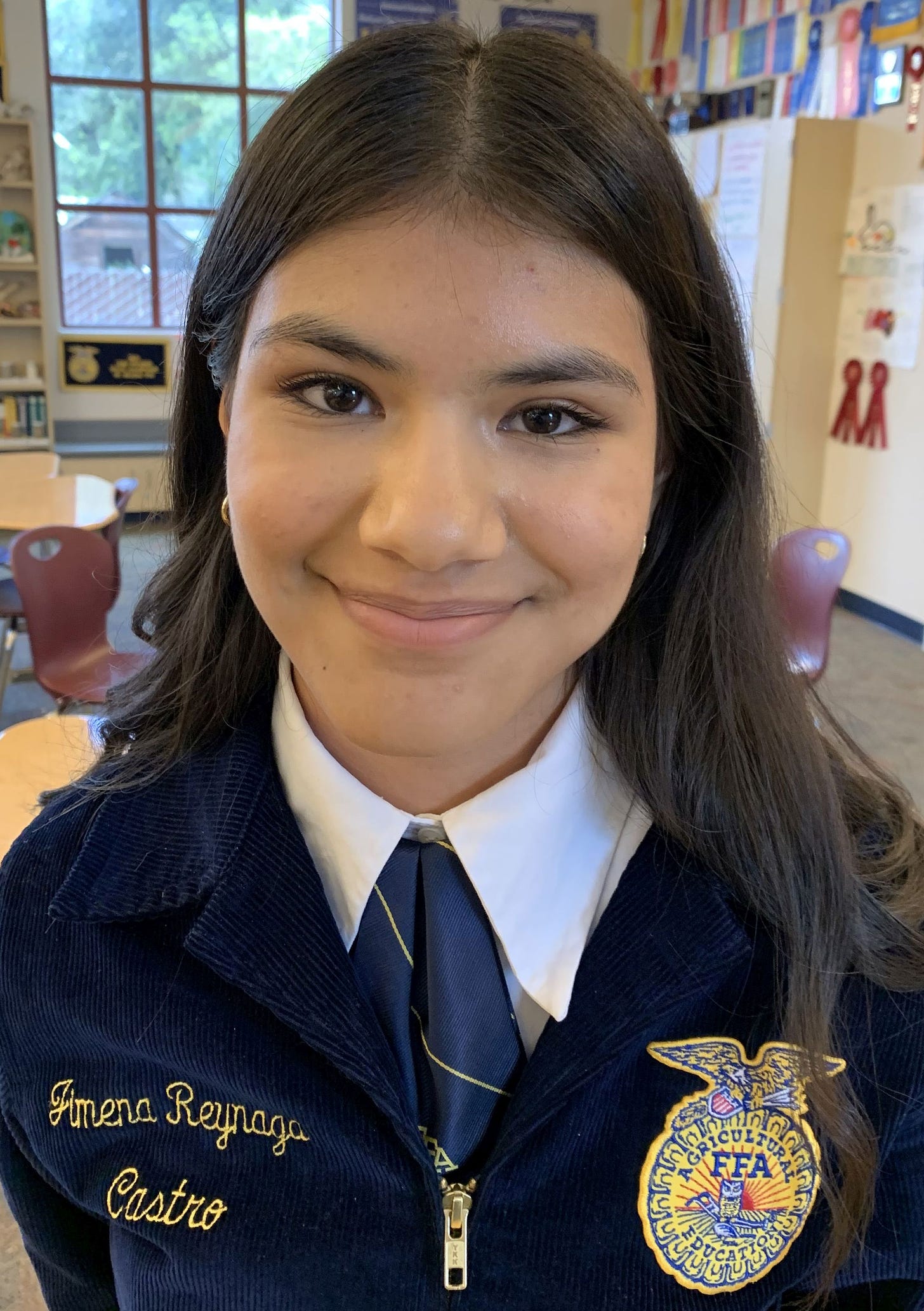
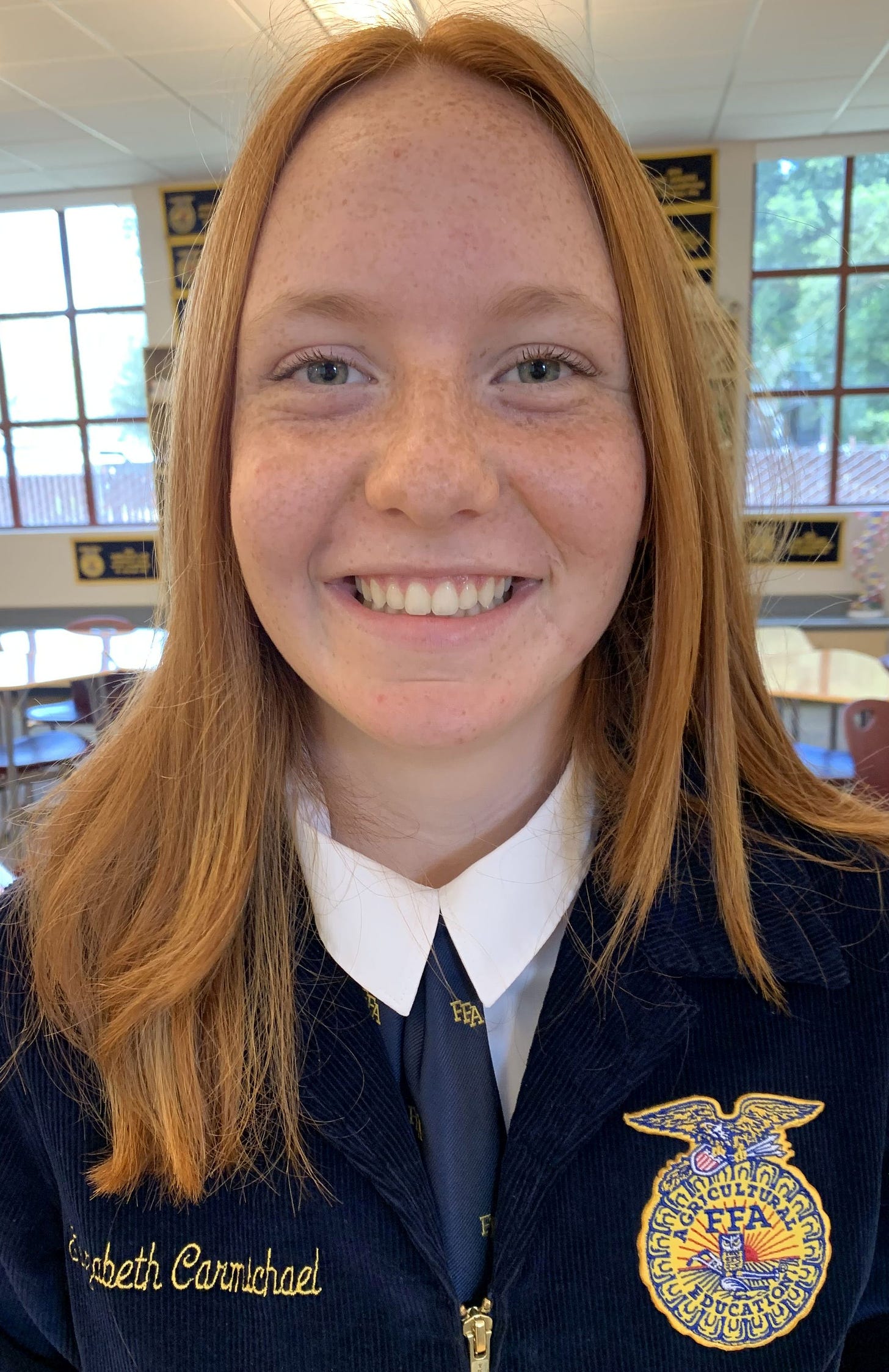
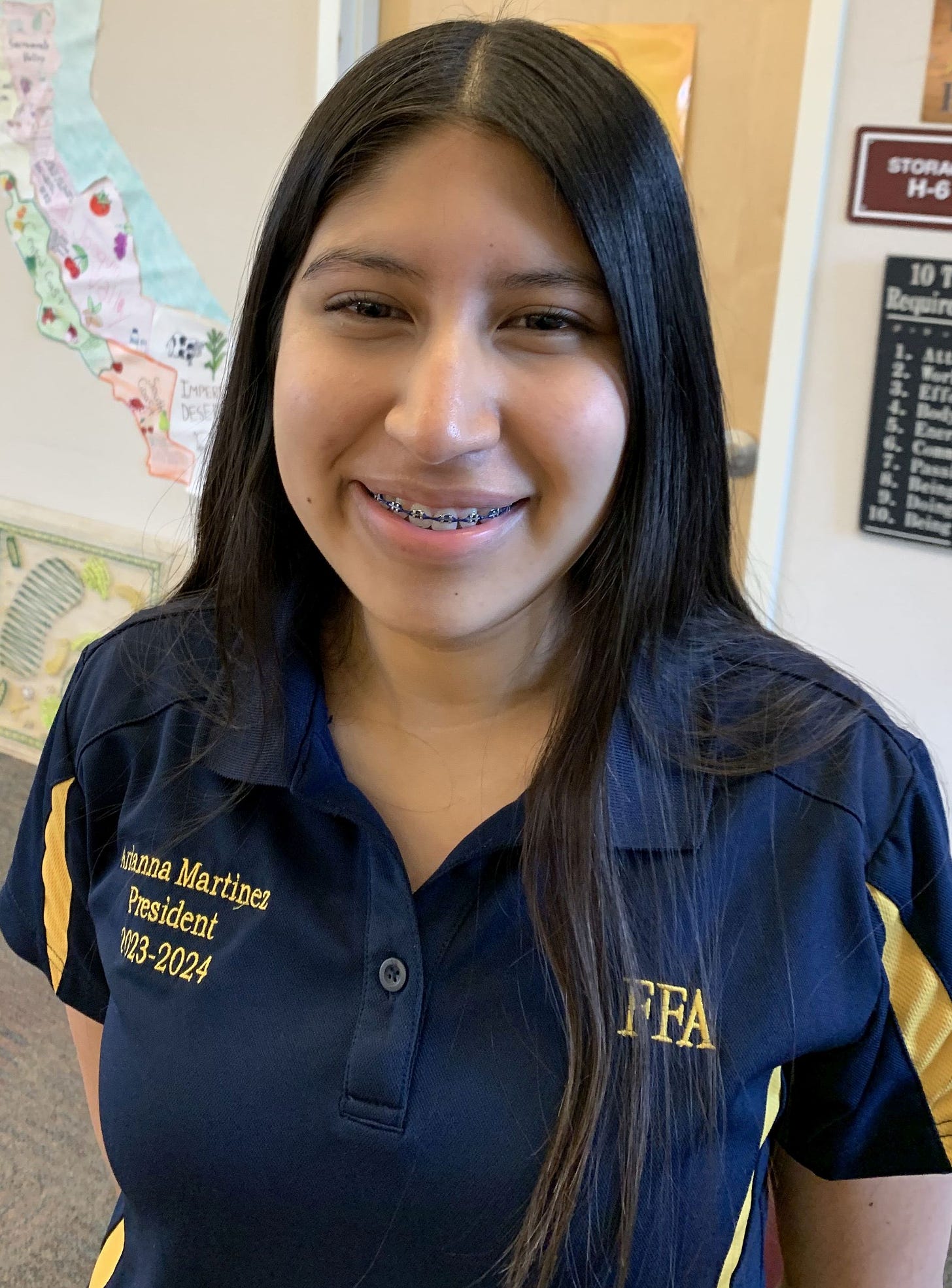
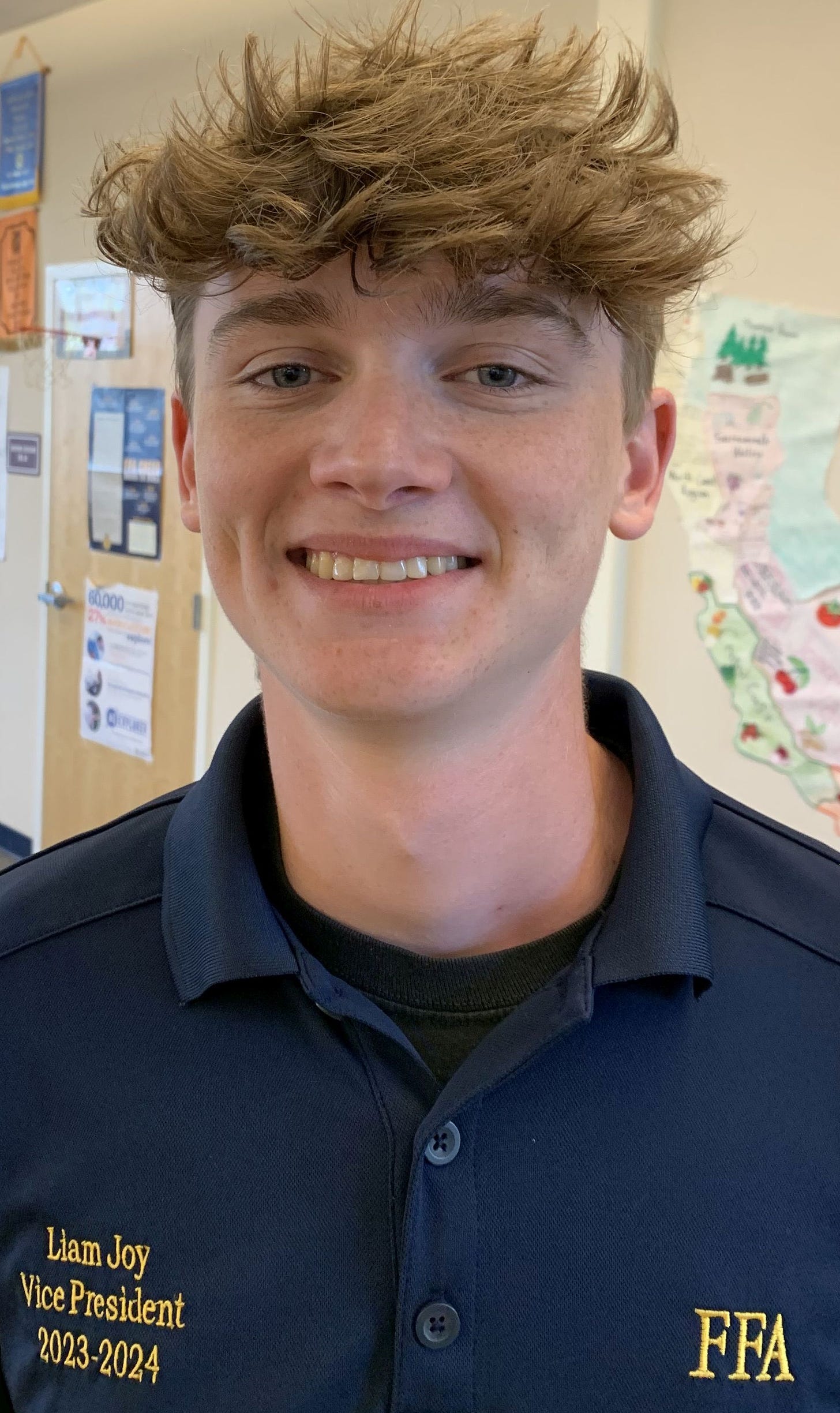
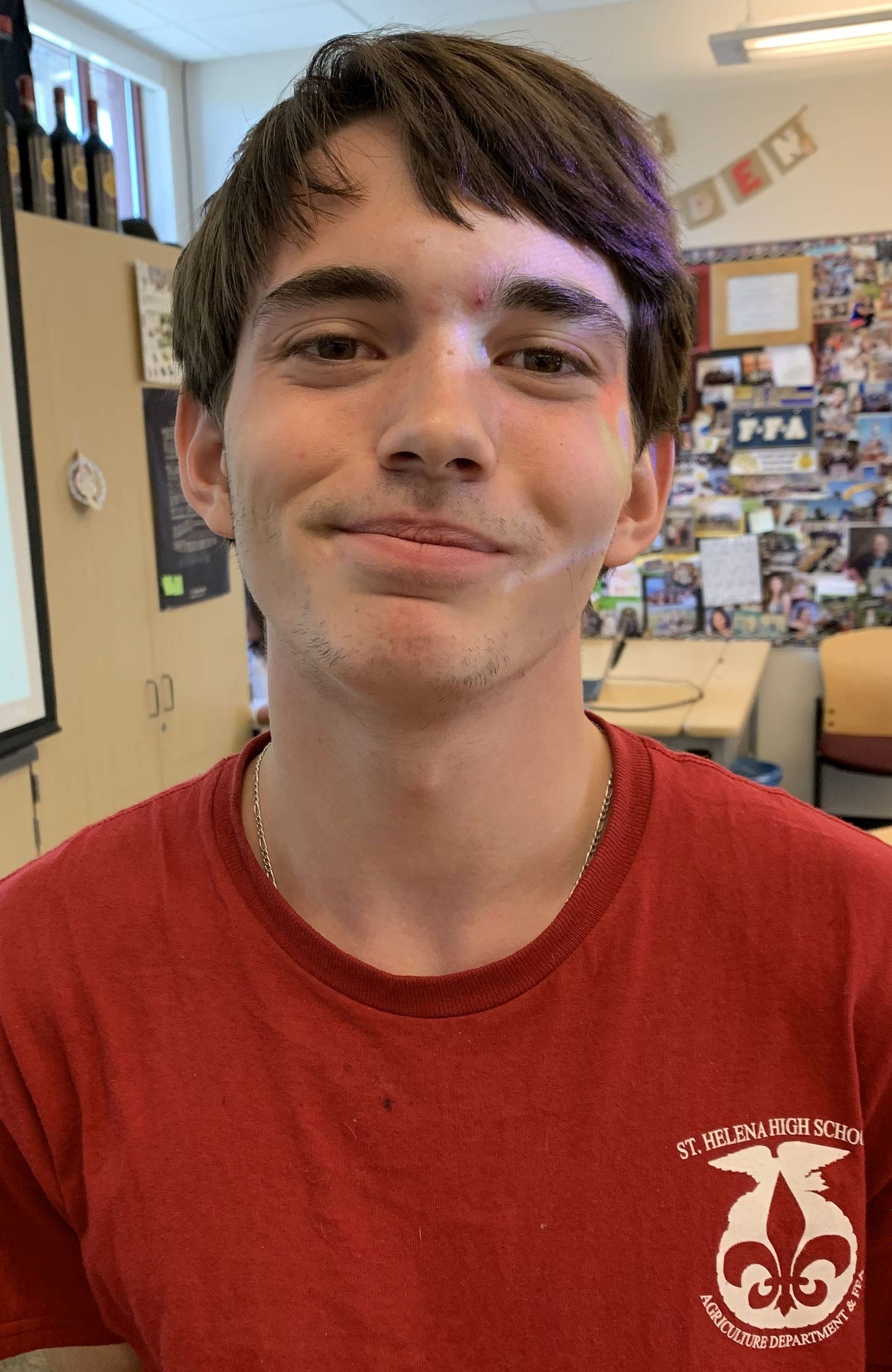
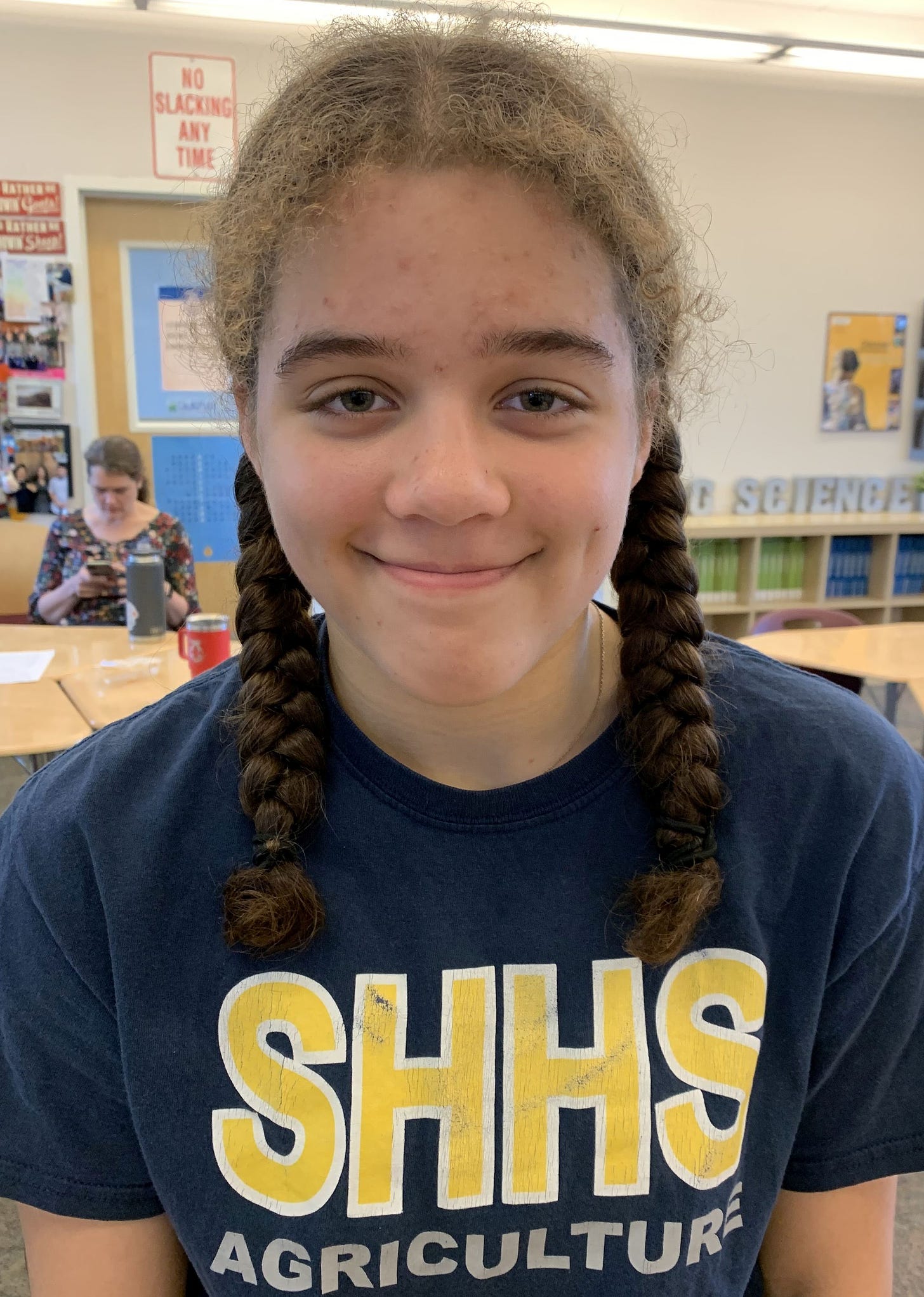
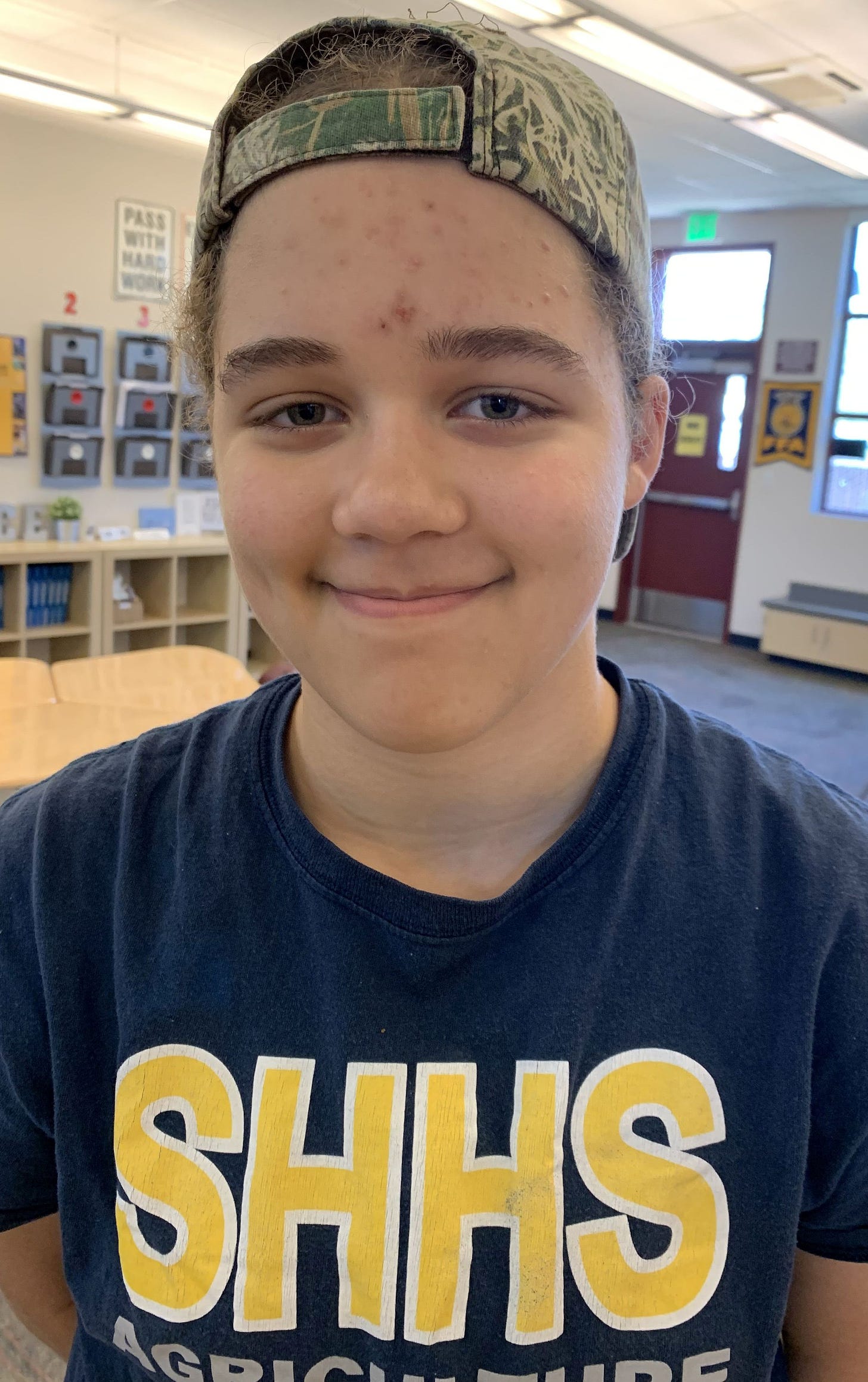



Wonderful article! I am so happy to see so many young people becoming interested in agriculture. These are our future leaders, and I applaud the teachers who have instilled an appreciation and interest in agriscience, while creating a great work ethic among these students. Keep up the good work!
Thanks for covering this! There are so many great CTE programs happening in all of the high schools in our county. The students in CTE programs, IMO, are the most prepared for success in their careers while they are learning valuable skills and college credit. This was the first year that our CTE students competed in Skills USA competition (they flew to So Cal) and they had great success! There is definitely more story material - I can connect you to some sources if you are interested. Another story idea are the summer internships for 16-18 year olds offered by NV Education Foundation, where they work for wineries in various capacities. I believe there are over 40 of those happening this year. It's good to inform people of this way that our wineries serve our youth.